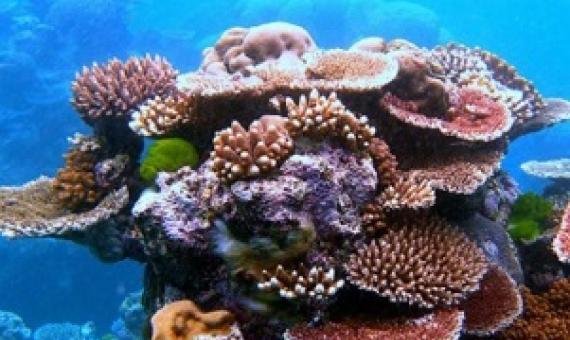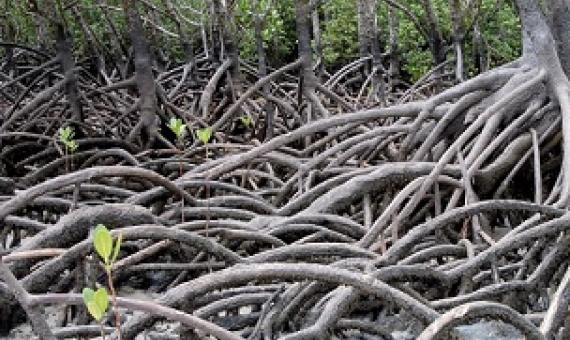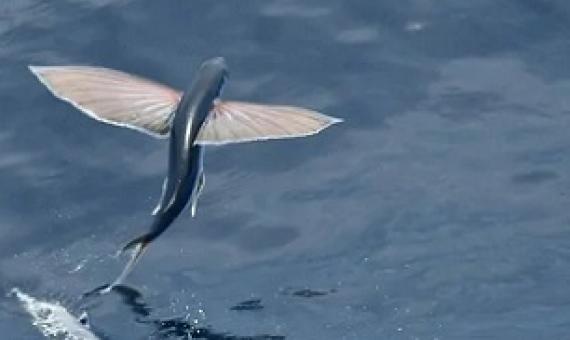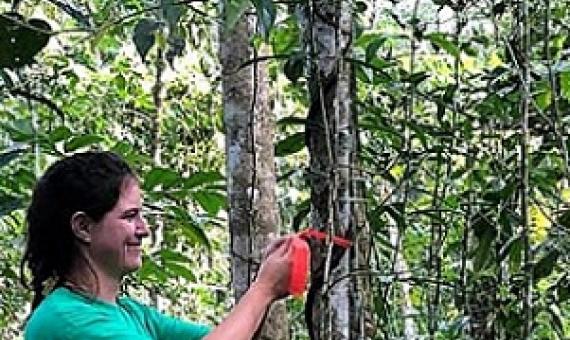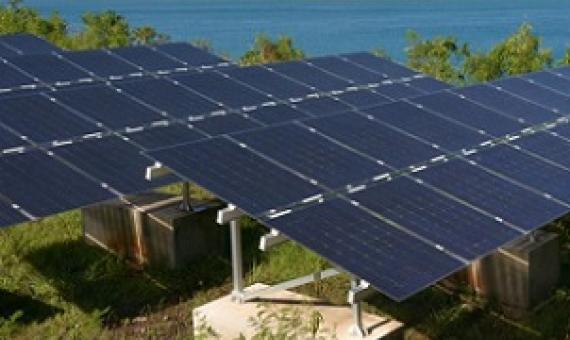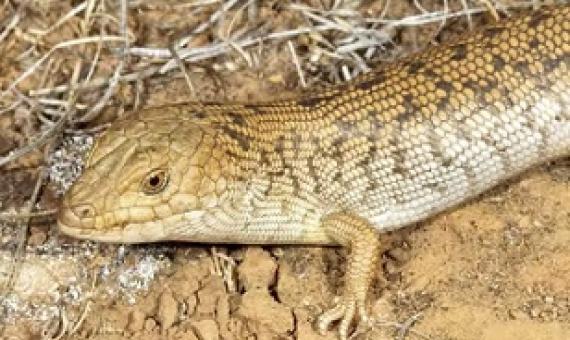Move over Spotify, marine experts across the world are working together to create a global platform containing the sounds of underwater life, to monitor the changing environment and inform marine conservation.
Recent advances in wildlife tracking techniques have enabled large-scale data collection on the detailed movements of many animal species.
Ambitious restoration of mangroves and seagrasses could lead to substantial recovery of these ecosystems New research has found.
Mangroves are an overlooked hotspot of insect diversity despite low plant diversity
The world’s fast disappearing mangrove forests have low plant diversity and are often assumed to also have a species-poor insect fauna. We here compare the tropical arthropod fauna across a freshwater swamp and six different forest types (rain-, swamp, dry-coastal, urban, freshwater swamp, mangroves) based on 140,000 barcoded specimens belonging to ca. 8500 species. We find that the globally imperiled habitat “mangroves” is an overlooked hotspot for insect diversity.
A framework for identifying the most vulnerable marine species will boost global conservation and policy efforts against anthropogenic climate change.
World Heritage Conservation in the Pacific: The Case of Solomon Islands
East Rennell (part of the island of Rennell, in Solomon Islands) was inscribed on the World Heritage List in 1998. Its listing was a milestone in the development of the World Heritage Convention regime. It was the first listed World Heritage site in the independent Pacific Island States, and the first place anywhere in the world to be inscribed based on its natural heritage values and its protection under customary law.
The Samoa Conservation Society (S.C.S.) is currently doing work on endemic plant species and has already identified 108 to study in more detail and work towards their preservation. The S.C.S.
The conflict between using land for renewable energy and protecting land essential for biodiversity isn’t as severe as it sometimes seems, according to new research that recommends policy and regulatory controls as a solution.
Over the last decade, the area protected for nature in Australia has shot up by almost half. Our national reserve system now covers 20% of the country. That’s a positive step for the thousands of species teetering on the edge of extinction. But it’s only a step.
Ten facts about land systems for sustainability
Land use is central to addressing sustainability issues, including biodiversity conservation, climate change, food security, poverty alleviation, and sustainable energy. In this paper, we synthesize knowledge accumulated in land system science, the integrated study of terrestrial social-ecological systems, into 10 hard truths that have strong, general, empirical support. These facts help to explain the challenges of achieving sustainability in land use and thus also point toward solutions.

